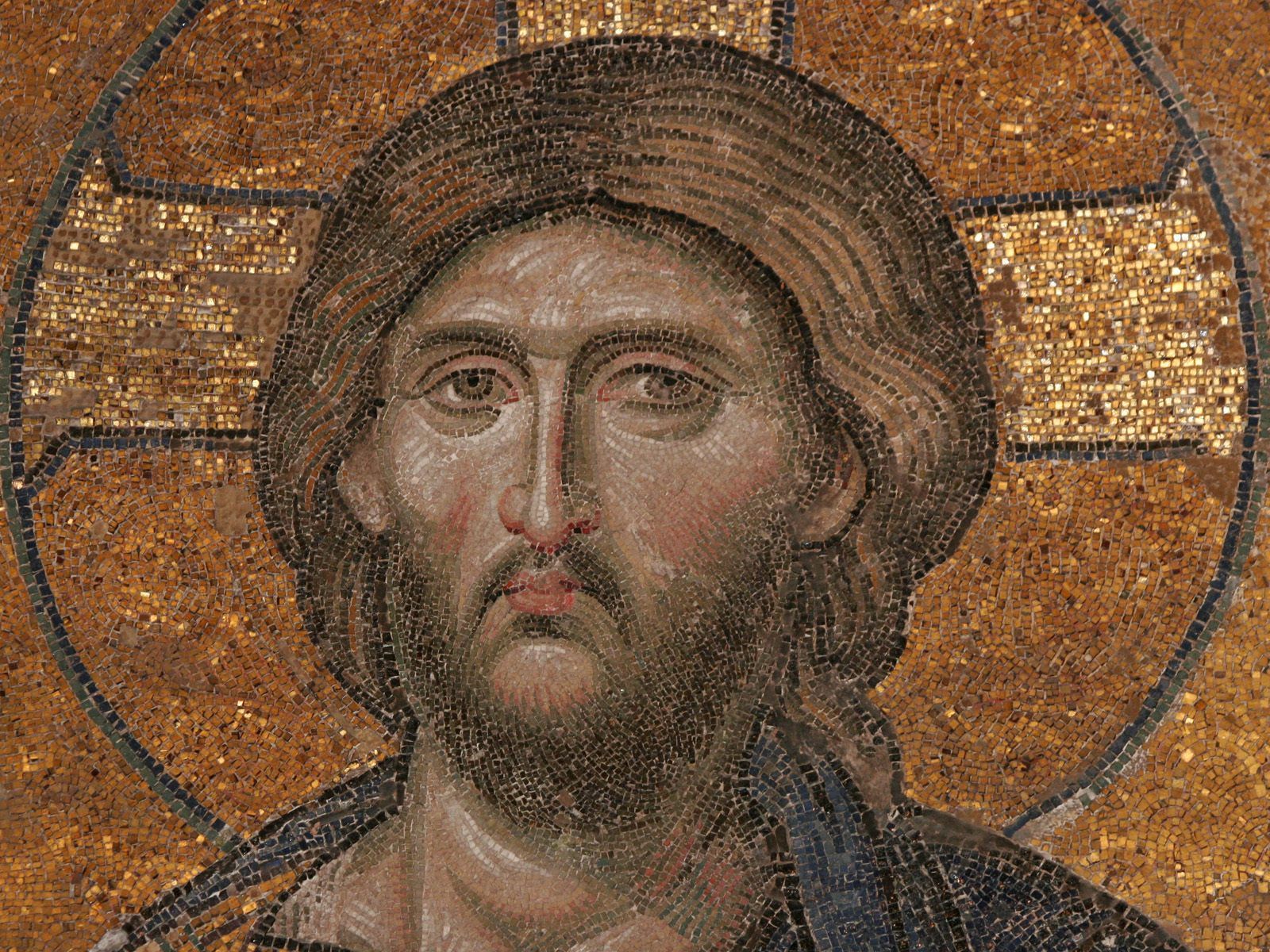How does Jesus see? How do we see? In an essay titled, Person to Person: Becoming Present by Barbara Newman she writes: “I do not think we can see with God’s eyes until, at least once, we have had the experience of being seen with them. If we are lucky, that happens in ordinary human love…But the ability to see everyone in such a way—not just our friends or people we admire, but everyone, from the screaming infant to the dangerous enemy—is both a discipline and a gift. Like every gift of the Holy Spirit, it is given freely. But…we first have to ask for it and show with our whole life how much we long for it” (Spiritus, 16.1, 2016, p.100). Do we long to see with God’s eyes? Do we continually ask for this gift, do we importune God in prayer for this daily grace?
How does Jesus see? How does he challenge us to see as he sees? One could do a lectio reading of the synoptic gospels just on these questions. How do we see? Imagine if we interface our seeing with Jesus’ way of seeing. How would this interfacing with the Incarnate One expand our horizons, purify the intentions of our heart, the eye of our heart? One could, as well, include in this lectioreading of the gospels the ‘not seeing’ of Jesus’ disciples and the tainted seeing (often with evil intent) of the Pharisees. Let us not forget the teaching of Cassian: the way, he says, is ‘purity of heart’ for it is the pure of heart that truly see, see God in all things and all persons.
Just to get a sense of how Jesus sees let’s look at a few random selections from the gospels. In a story from Mark’s gospel, we have Jesus going into the synagogue where there was a man who had a withered hand. Here in this story we have two different ways of seeing. First we have the Pharisees “who watchedJesus closely to see if he would cure him on the Sabbath so they might accuse him” (3:2). Already the inner eye of the Pharisees is tainted: they are watching Jesus closely in order to trap him. Jesus sees the heart, he sees what these religious leaders are up to: “Looking around at them with anger and grieved at their hardness of heart” (3:5), Jesus proceeds to heal the man with the withered hand on the Sabbath. He looks around and sees: he is grieved at what he sees: he sees their hardness of heart, he sees their deceptive motives! And another story from Mark’s gospel of the rich man who asked Jesus what he must do to inherit eternal life. Jesus recites the commandments and the rich man responds: “Teacher all of these I have observed since my youth” (10:20). Jesus looks at him and loves him, then tells him the one thing he lacks. Jesus sees the man in his totality and out of a loving gaze challenges him by telling him what he lacks, what he still needs to do. A final story from Luke’s gospel of the ‘Good Samaritan’ (10:25-37): This passage also begins with the question: “Teacher what must I do to inherit eternal life”. Jesus replies with the great commandment of loving God with the whole of one’s being and one’s neighbor as oneself and the lawyer to justify himself asks ‘who is my neighbor’? Jesus then tells the story of the ‘Good Samaritan’. One of the poignant features of this story is ‘how one sees’: ‘A priest happened to be going down that road but when he saw the wounded man, he passed by on the opposite side (vs:31). Likewise a Levite came to the place, and when he saw him, he passed by on the opposite side (vs:32). But a Samaritan traveler who came upon him was moved with compassion at the sight’ (v:34). Seeing for the Samaritan evokes profound compassion. This compassion is what Jesus wants us to see and then to live. Jesus also wants us to be aware of our partial, selective seeing, or, of how we do see and then ignore what we see, or when our seeing is blurred or blinded by a hardened heart.
The Incarnation, Barbara Newman says, provides the lens God gives us to see, to see as Jesus sees. She continues: “Through this lens alone we truly see God and the world. So many other lenses obstruct our eyes, like grimy windows or distorting mirrors, that we are not even aware of them” (p.100). It is important to ponder: what are those ‘other lenses’ that ‘obstruct our eyes’ and thus cloud and mire our vision? No wonder St. Benedict will exhort us to keep daily custody of our hearts, the eye of our hearts!
Barbara Newman goes on to say that: “Only through the Incarnation do we truly see the world….To see with the eyes of Christ is to see both at once, the divine beauty and the complicated work-in-progress that each one of us is. To see in Christ also means to see other persons as images of Christ, possessing infinite depth and value” (p.101). So how can our ‘seeing’ in community become more Christ-like? One essential way is to step back, pause, reflect on how I am seeing in any given moment, a person or a situation, and bring that ‘seeing’ into prayer. To ponder in the silence of prayer, how would Jesus see this person, how would Jesus look upon this situation that I am facing: will this not begin to shift our seeing, to transform the eye of our heart? If we are to ‘show with the whole of our life’ that we long to see as Christ sees then we will run quickly to prayer, praying to see with the clarity, the truth, the inclusiveness, the compassion that Christ sees with.
Resurrected Life
Shadow and light belong together. Together shadow and light bring forth the inherent beauty of all that they touch…They, together, are like a paint brush on nature and upon our


